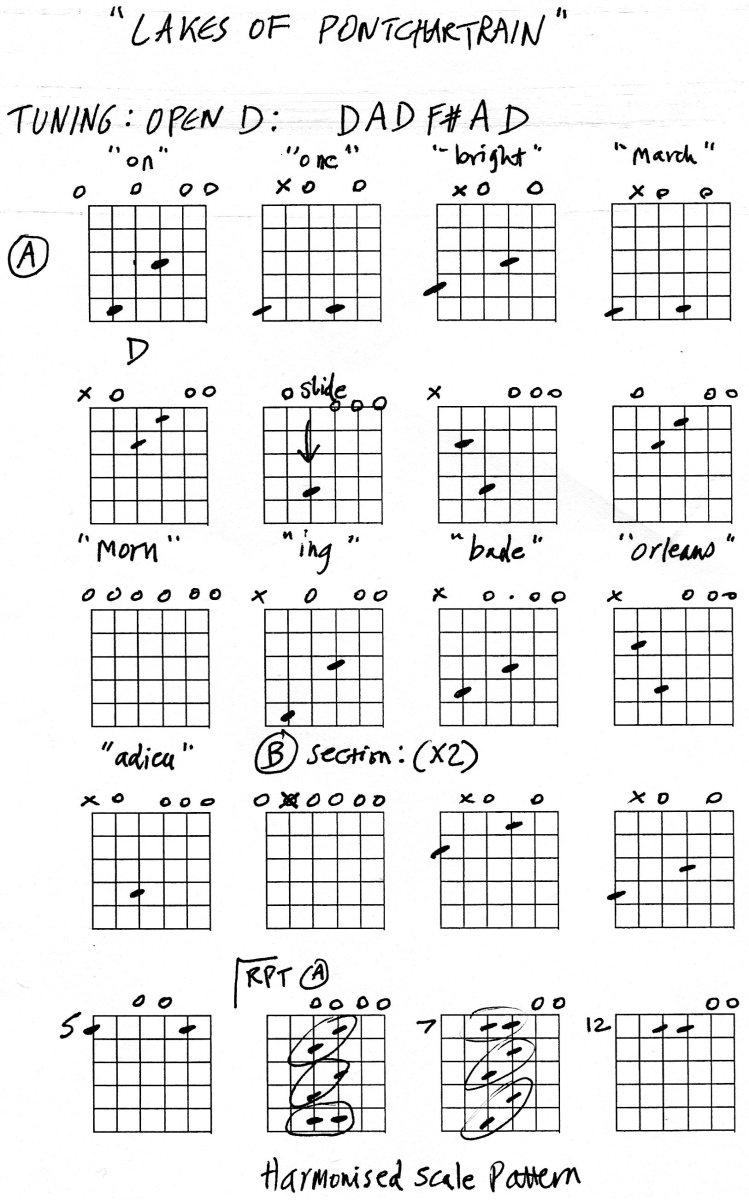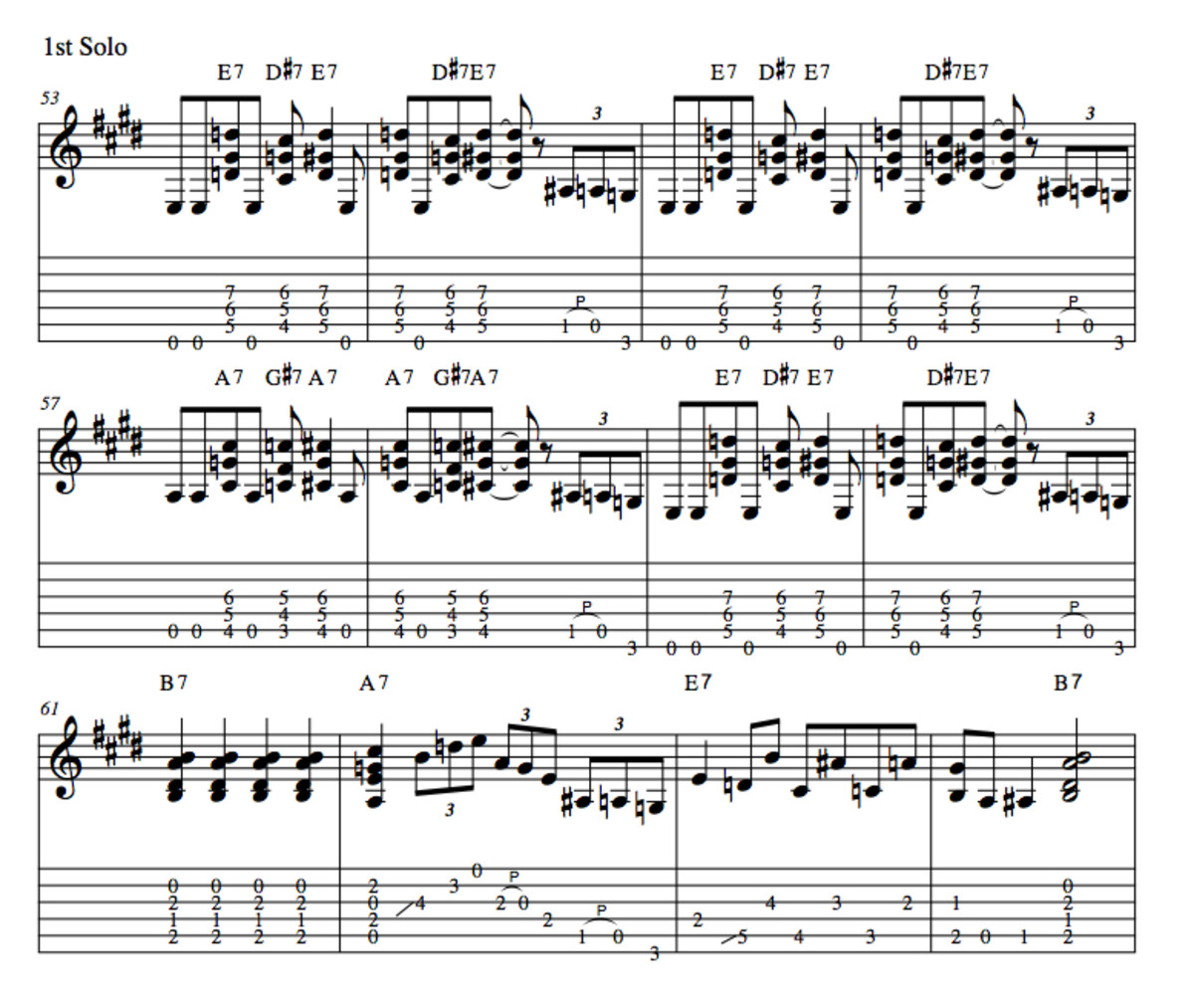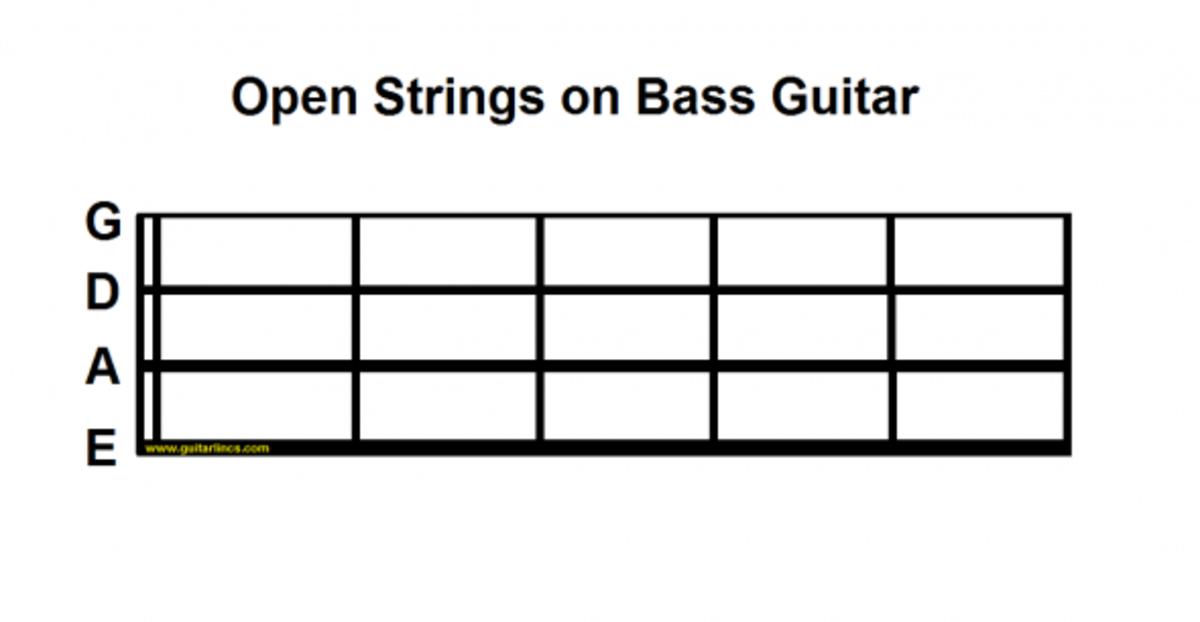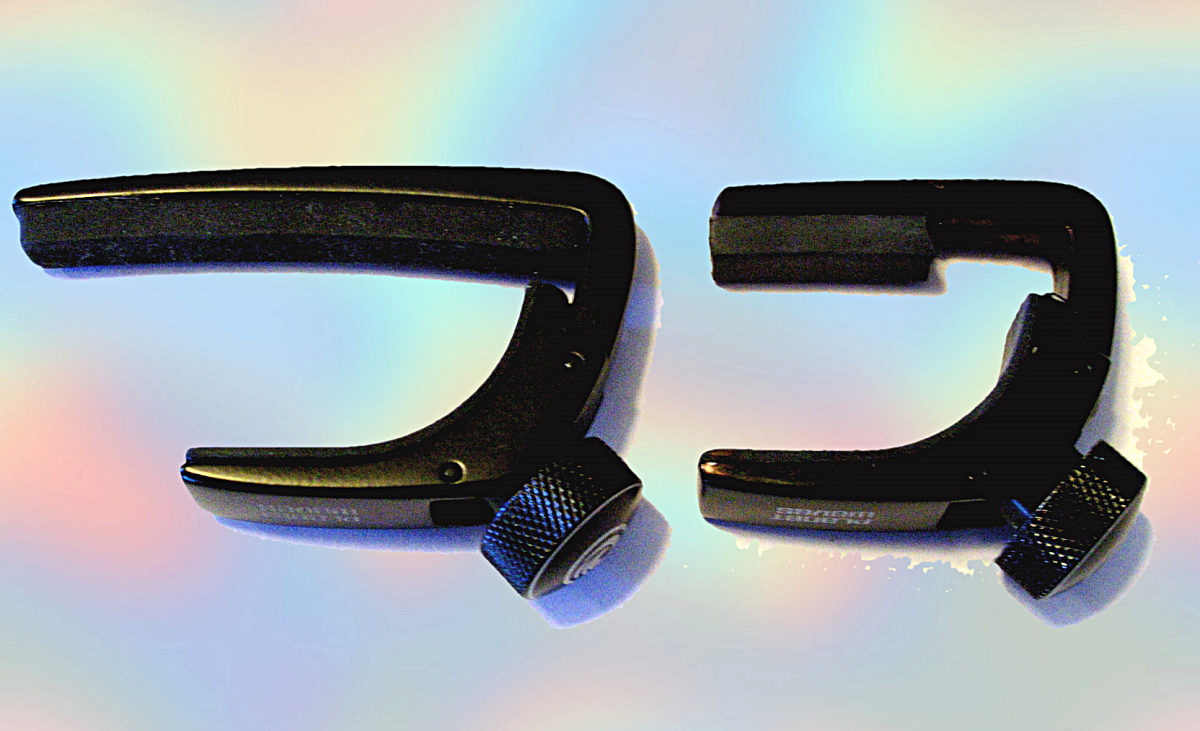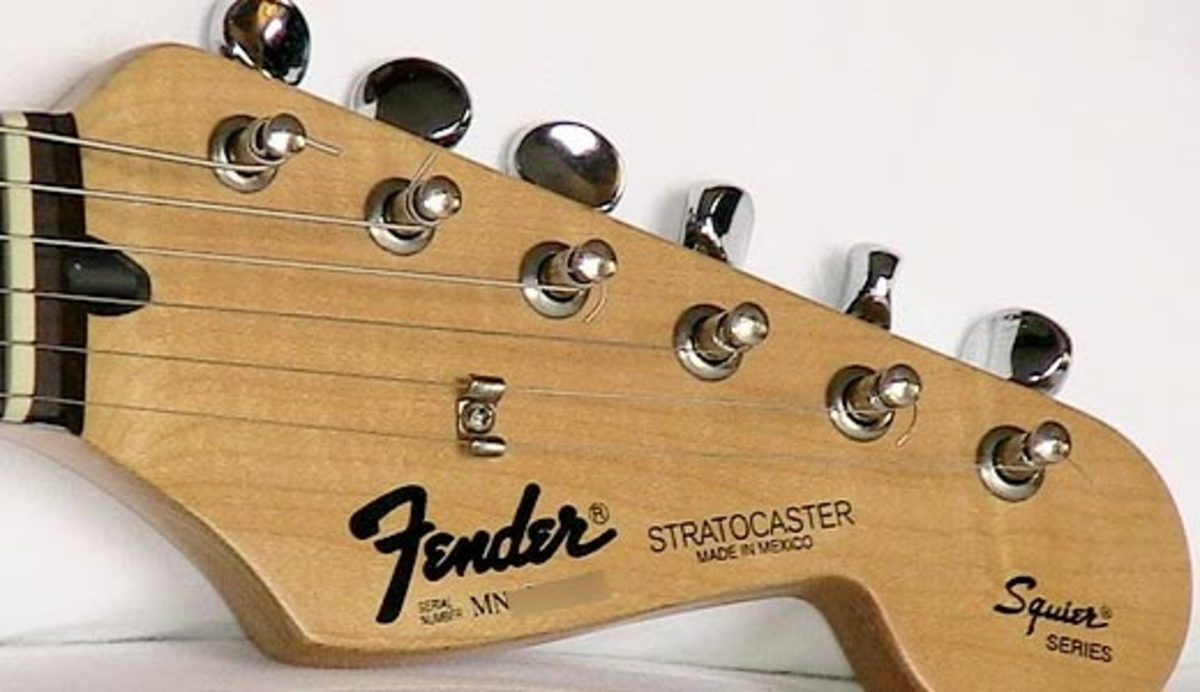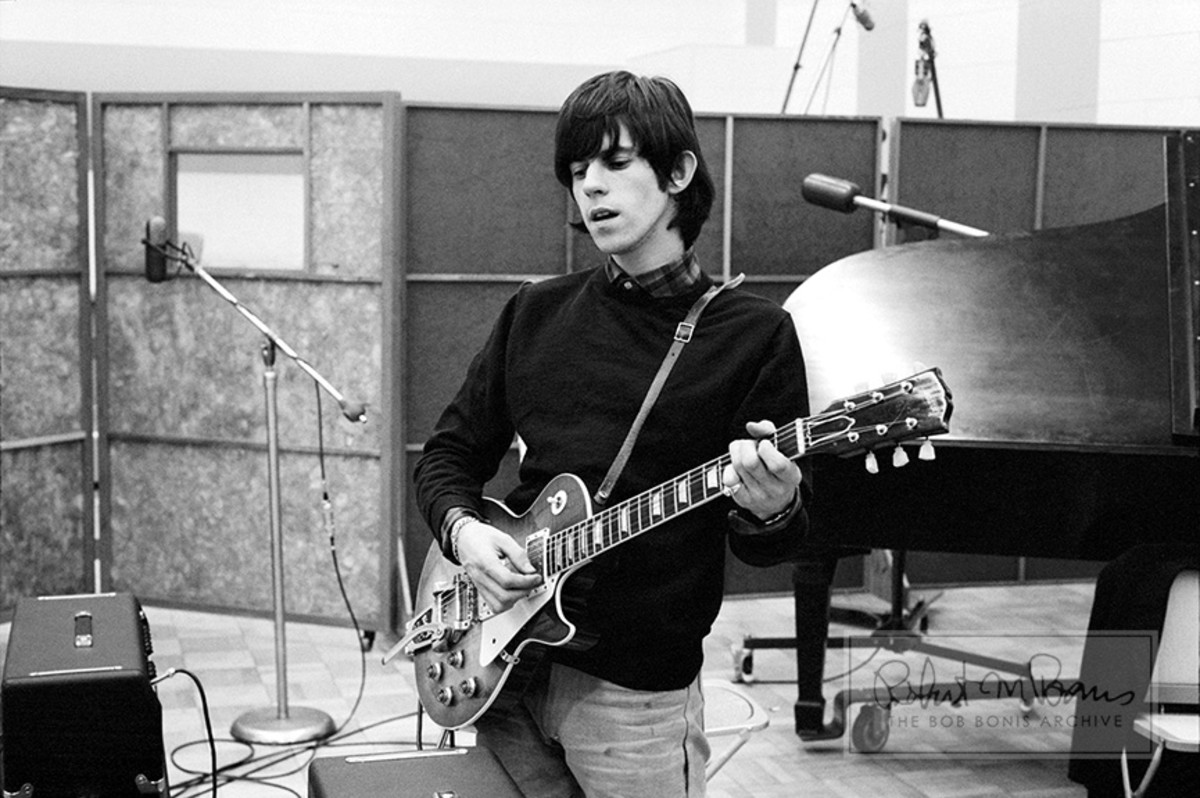Guitar Lesson Blues Guide
Playing Blues Riffs
The blues riffs shown here will work in any key, given some minor adjustments. Here we are looking at the key of A, which is one of the most guitar - friendly keys - especially as you can easily add the bass notes for each chord with open strings (E, D, A)
- E is open string 6
- A is open string 5
- D is open string 4
If the riff needs a little filling out, for instance in a solo guitar context, you can use open 6th, 5th or 4th strings to make a fuller sounding riff.
How tab works: each line is a string, the numbers are the frets. Thinnest string is top line.
Blues riffs and chords in A
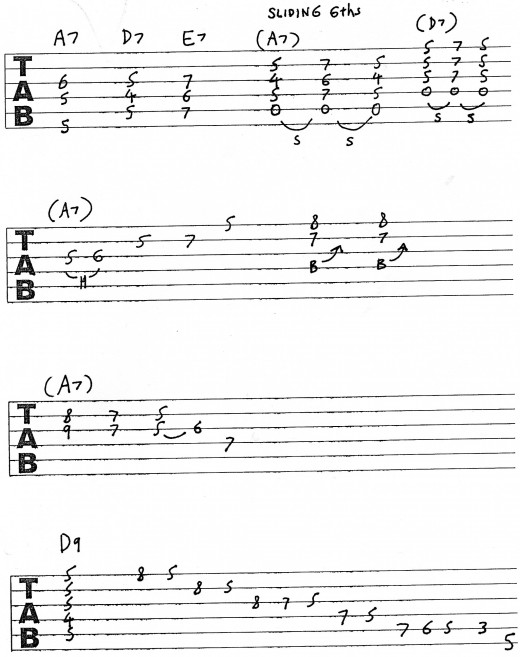
Solos and improvising
Ideally, the riffs you play imply the chords that they are used over, so instead of using just a pentatonic scale pattern - which works - you should aim to replicate the sound of the chord with the riffs you are playing - and generally, it's a good idea to mix in two or three - note chord fragments when you are playing solos to reinforce the harmony.
- It sounds good
- It also makes it sound like you know what you're doing!
Guitar tab info
The first line of guitar tab (remember, the thickest string is the bottom line on the tab) shows the three chords for an A blues, A7, D7 and E7.
- Next, the shapes for sliding 6th chords which work over each chord.
- Although the shapes for E7 are not shown, they are the same as for D7, but only using the top three strings.
The second line shows a riff, which targets the major third interval in an A7 chord - which is why it fits so well in any blues. The two - note chord that follows can be bent up.
The next riff works well if you repeat it over and over, again it is used over an A7 chord. You could add the open A string too (string 5)
Last line shows a D9 chord, as D7 and E7 can both be replaced with 9th chords.
- The scale pattern shows an A7 blues scale
- Although you could use this scale throughout the blues sequence, saving it up for the D7 change is very effective.
- 12 - Bar blues in A chord sequence: one bar each chord
- A7 / A7 / A7 / A7 / D7 / D7 / A7 / A7 / E7 / D7 / A7 / E7
- More jazz sequence:
- A7/ D7/ A7/ A7/ D7/ D sharp dim/ A7, G sharp 7, / G7, F sharp 7/ Bm7 / E7 / A7 / E7.
- See chord chart below, mostly one bar each chord, but the chromatic run down uses two chords to the bar. 12 Bars in total.
Chord pictures, Blues in A
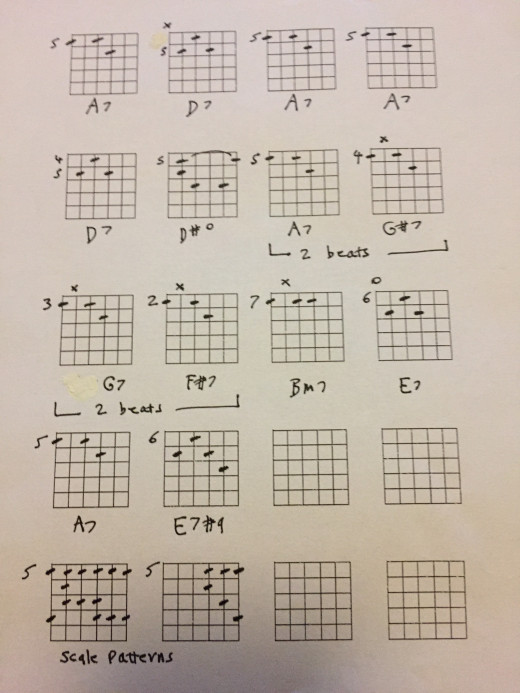
Scale patterns
Instead of playing the scale patterns, try to construct riffs with repeated patterns of notes. So, the scale pattern is a map of available notes, but you don't have to use them all. BB King, for instance, will often play a riff of just 4 or 5 notes, and it's much more effective than wandering up and down a scale pattern.
- The blues scale pattern shown with the D9 chord can be shifted down three frets
- This will work well with the A7 chord
- The sound will change to a more country style
- Try using this scale for the A7, then shifting up three frets for the D7 chord.

